Ingredients:Matricaria chamomilla, Melilotus offecinalis
Active Ingredients: Contains coumarin, flavonoids (including apigenin, quercetin, patoltin, and luteolin), steroids and saponins, phenolic acids, fats, uric acid and benzoic acid, caffeic acid, 7-glucuronic acid-lutein, luteolin , Tarpen Bisabolol Forensen, Camazoline
Indications: Itching and rash caused by daytime fever caused by heat or sun heat and improvement of itchy symptoms of skin diseases
Dosage and administration: Boil three sachets in two glasses of water for 4minutes and apply on the spot.
Side effects: No side effects have been reported
Recommended tips: First, clean the area of any ointment or other medications, then use this product
Contraindications and precautions: pregnancy
Pharmacological effects and mechanism of action MOA: Melilotus officinalis contains very valuable phytochemicals: flavonoids from quercetin, coumarin, saponin, terpenes, benzoic acid, etc., which have anti-inflammatory properties and regulate the osmotic system and inhibit the effects of allergies and sensitivities. Due to the high level of flavonoids, this plant has shown the most anti-inflammatory effects, that quercetin reduces histamine by inhibiting mast cells and by inhibiting the inflammatory substance MPO myeloperoxidase (myeloperoxidase is a key element in the innate immune system and is mainly used by neutrophils to defend against It is released against invading pathogens and is an indicator of inflammation and oxidative stress. It is an inflammatory enzyme derived from white blood cells. When the artery wall is damaged or inflamed, MPO is released by attacking macrophages where it accumulates.) Phospholipase A2 enzyme (PLA2 plays an important role in various cellular responses, including phospholipid digestion and metabolism, host defense and signal transmission) whose reduction leads to prostaglandin reduction, and quercetin reduces cyclooxygenase I and II enzymes, especially type II) which As a result, it blocks inflammation. With the presence of coumarin, this plant takes over the cascade of cytokine signals that are responsible for the stimulation of mast cells. This plant inhibits edema through the bioactive component 3-methylphthalide by suppressing the accumulation of leukocytes through the inhibition of COX and PG, and by another fraction called benzoic acid, it inhibits the accumulation of leukocytes without affecting PG. Plant saponins also have strong anti-inflammatory activity by reducing the weight of granulomas (small dry inflammatory area). Chamomile has been identified with 120 bioactive components, especially from the category of terpenes, usually named plant corten. Before terpenes, the flavonoid apigenin is responsible for inhibiting matrix metalloproteinase I MMPs in skin fibroblasts (responsible for the destruction of extracellular matrix (ECM) proteins). such as collagen, fibronectin, elastin and proteoglycans, which contribute to photoaging) and inhibit the cytokine, TNF IL-α, which is responsible for inducing other inflammatory molecules (pro-inflammatory). oxidants and improve the epidermal permeability barrier but useful substances can enter and prevent the exit of necessary water). Terpenes, including chamazulene and azulene, inhibit the synthesis of leukotrienes and block the peroxidation of arachidonic acid and the formation of leukotriene B4 in neutrophil granulocytes. Another pro-inflammatory substance, chlorogenic acid 9, with antioxidant activity and biological effects such as anti-cancer, anti-mutagenic and anti-viscous anti-inflammatory activity inhibits COX expression and inhibits NO production and inhibits pro-inflammatory cytokines IL-1, IL-6 and TNF Thus, there are many known mechanisms and many unknown mechanisms confirm the properties of this product
Pharmacological effect of this product from the perspective of traditional medicine: Eczema, which is mentioned in Iranian medical books as "quba".The cause is a subtle acute blood mixture mixed with concentrated soda or concentrated moisture and burnt saline phlegm. In this disease, either, the blood sputum with the bile sputum is mixed to the point that it becomes the soda, or part of it becomes a soda Or, the blood with the phlegm of salty taste is mixed. The first case is the dry type and the second case is the wet type. Obviously, the stronger the repulsive force of the body, the more obvious symptoms appear on the external organs. Nooshdarou Tosan Salamat products with the healthy brand, are moderation mixers, softeners, analgesics, and topical treatments, and prevent the formation of phlegm or soda in the skin.
References: 1-PubMed/Chemical Constituents and Antioxidant, Anti-Inflammatory and Anti-Tumor Activities of Melilotus officinalis (Linn.) Pall/2018 2-PubMed /Chapter 18Herbal Treatment for Dermatologic Disorders/2011 Sciencedirect/Melilotus: Contribution to wound healing in the diabetic foot/2013 3-PMC/A systematic review study of therapeutic effects of Matricaria recuitta chamomile (chamomile)overview/2016 4-PMC /Chamomile (Matricaria chamomilla L.): An/2014

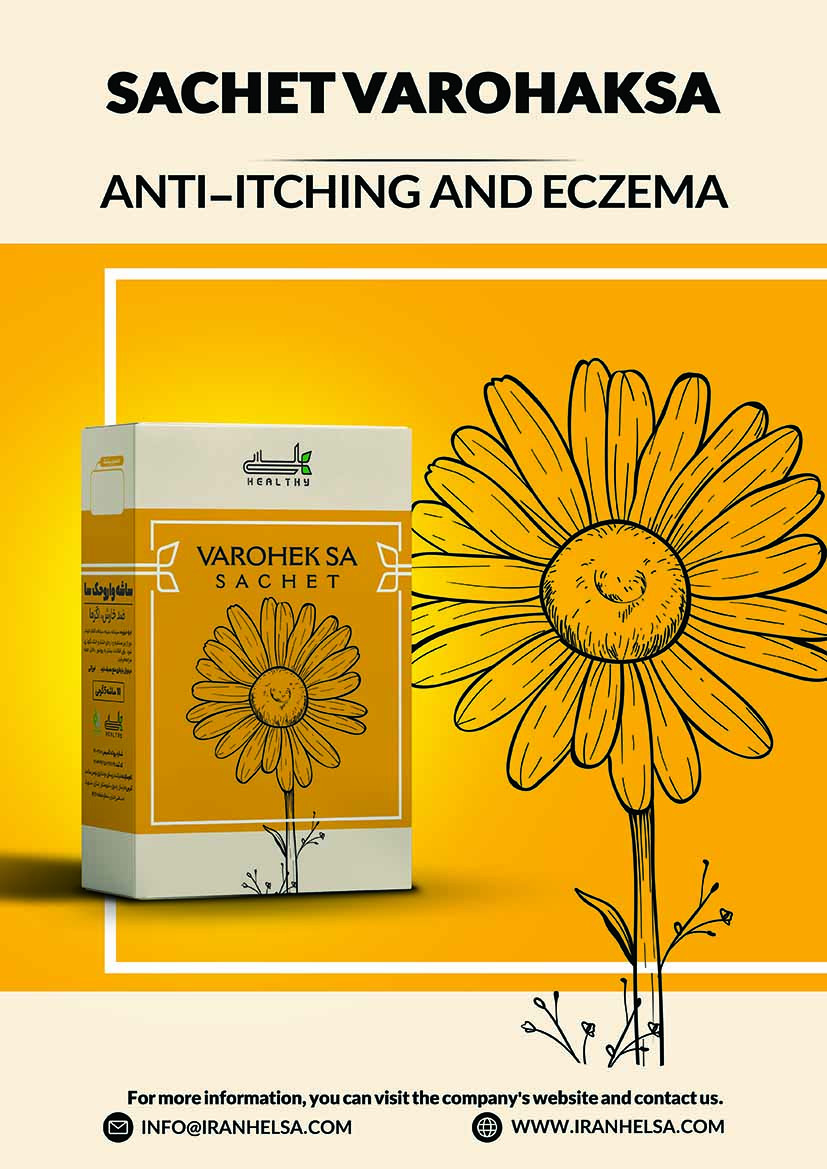
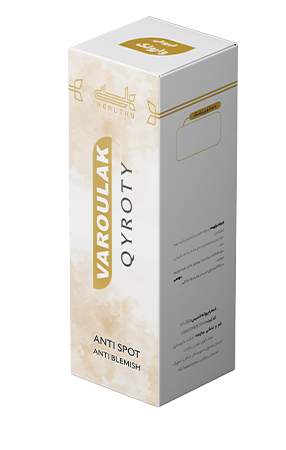
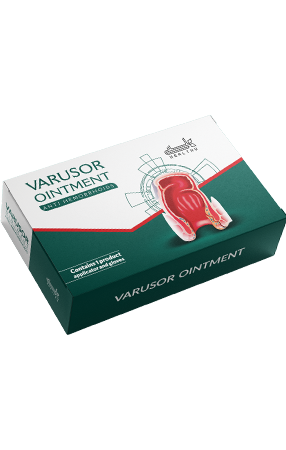
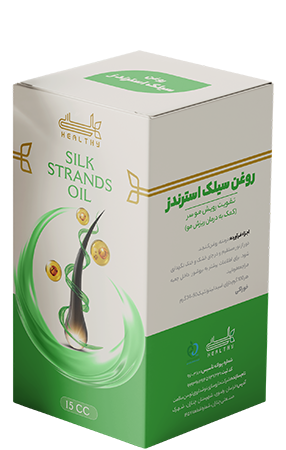
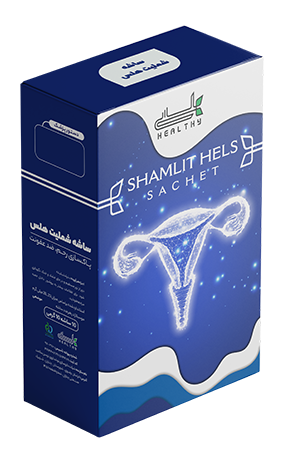
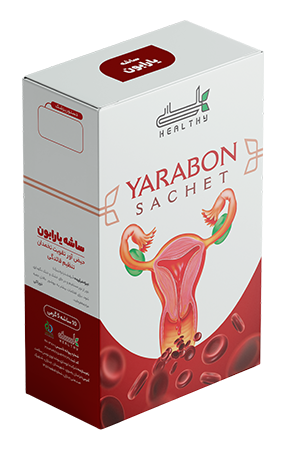

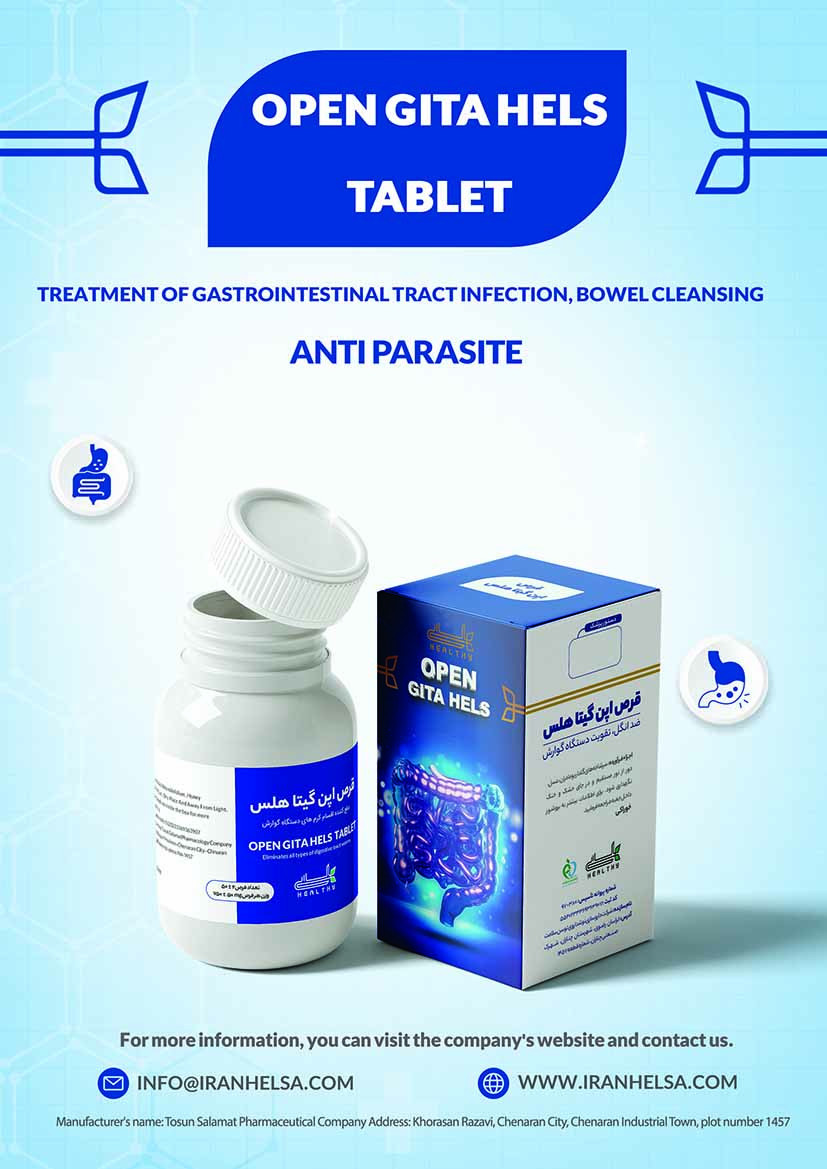
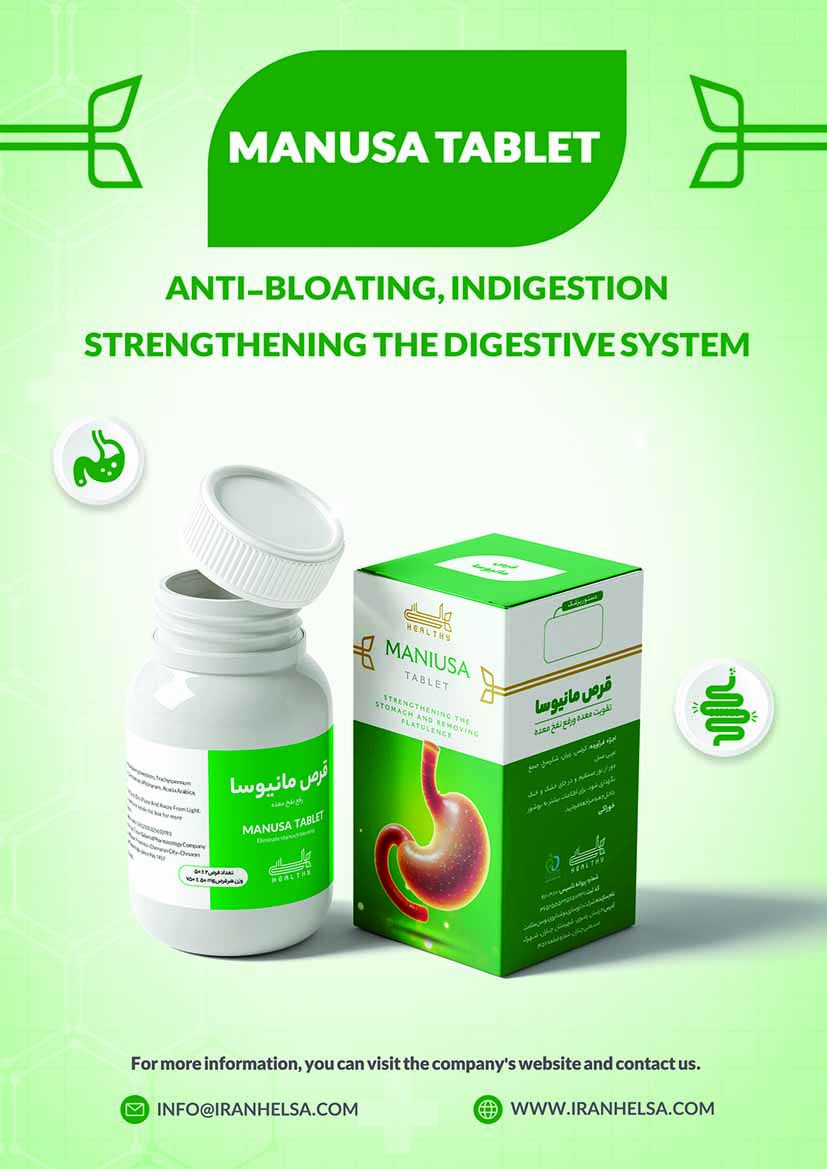
User comments